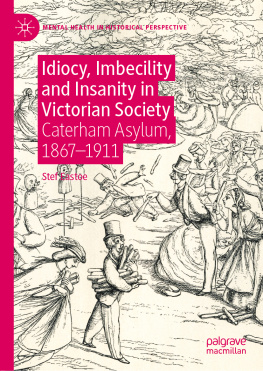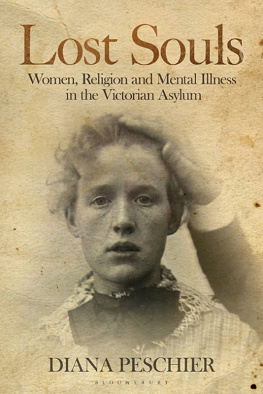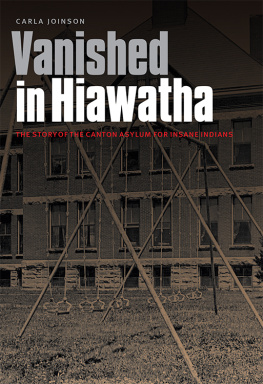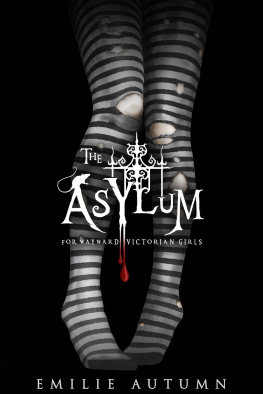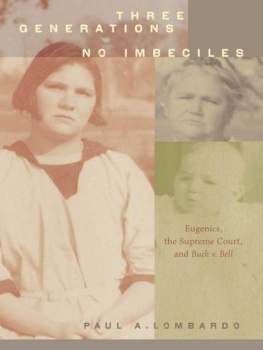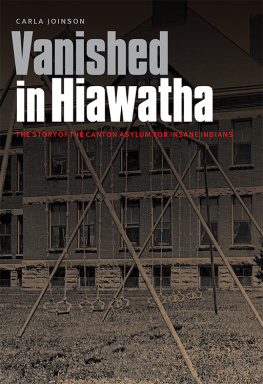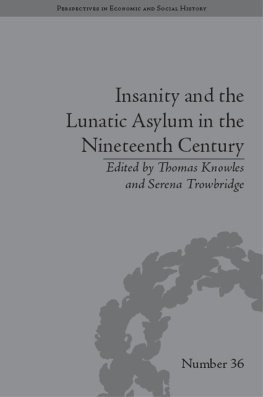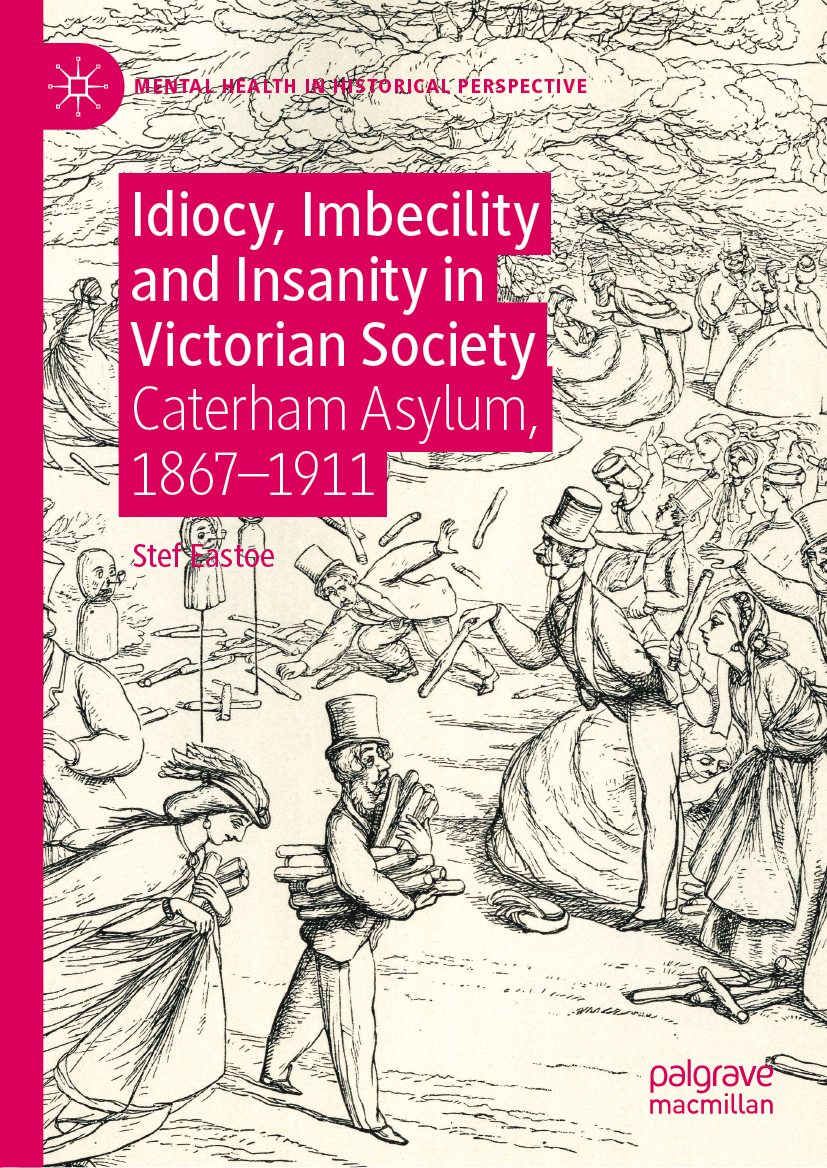Mental Health in Historical Perspective
Series Editors
Catharine Coleborne
School of Humanities and Social Science, University of Newcastle, Callaghan, NSW, Australia
Matthew Smith
Centre for the Social History of Health and Healthcare, University of Strathclyde, Glasgow, UK
Covering all historical periods and geographical contexts, the series explores how mental illness has been understood, experienced, diagnosed, treated and contested. It will publish works that engage actively with contemporary debates related to mental health and, as such, will be of interest not only to historians, but also mental health professionals, patients and policy makers. With its focus on mental health, rather than just psychiatry, the series will endeavour to provide more patient-centred histories. Although this has long been an aim of health historians, it has not been realised, and this series aims to change that.
The scope of the series is kept as broad as possible to attract good quality proposals about all aspects of the history of mental health from all periods. The series emphasises interdisciplinary approaches to the field of study, and encourages short titles, longer works, collections, and titles which stretch the boundaries of academic publishing in new ways.
More information about this series at http://www.palgrave.com/gp/series/14806
Stef Eastoe
Idiocy, Imbecility and Insanity in Victorian Society
Caterham Asylum, 18671911
Stef Eastoe
Independent Scholar, London, UK
Mental Health in Historical Perspective
ISBN 978-3-030-27334-7 e-ISBN 978-3-030-27335-4
https://doi.org/10.1007/978-3-030-27335-4
The Editor(s) (if applicable) and The Author(s) 2020
This work is subject to copyright. All rights are solely and exclusively licensed by the Publisher, whether the whole or part of the material is concerned, specifically the rights of translation, reprinting, reuse of illustrations, recitation, broadcasting, reproduction on microfilms or in any other physical way, and transmission or information storage and retrieval, electronic adaptation, computer software, or by similar or dissimilar methodology now known or hereafter developed.
The use of general descriptive names, registered names, trademarks, service marks, etc. in this publication does not imply, even in the absence of a specific statement, that such names are exempt from the relevant protective laws and regulations and therefore free for general use.
The publisher, the authors and the editors are safe to assume that the advice and information in this book are believed to be true and accurate at the date of publication. Neither the publisher nor the authors or the editors give a warranty, expressed or implied, with respect to the material contained herein or for any errors or omissions that may have been made. The publisher remains neutral with regard to jurisdictional claims in published maps and institutional affiliations.
Cover credit: Classic Image/Alamy Stock Photo
This Palgrave Macmillan imprint is published by the registered company Springer Nature Switzerland AG
The registered company address is: Gewerbestrasse 11, 6330 Cham, Switzerland
This book is dedicated to my Great Aunt Pat (19282017), whose story I will one day write & my daughter Florence, who one day will write her own.
Acknowledgements
This book grew out of my Ph.D. research and thus is the product of many fruitful conversations and the support given to me during my time as a postgraduate student at Birkbeck College, University of London. Dr. Julia Laite was a constant source of guidance, advice and inspiration of how to both conduct and write history, but also how to be a generous scholar and member of the academic community. Her ability to ask me the right questions and to provide space to think allowed me to tease out many stories and voices that would otherwise have remained hidden.
Thanks must also be made to Dr. Fay Bound Alberti for the many discussions we have had not only about this book, but about scholarship, academia and the nature of research.
I am also grateful to my fellow students, colleagues and peers at Birkbeck Drs. Carmen Mangion, Louise Hide, Hazel Croft, Emma Lundin, Barbara Warnock, Janet Weston, Susanna Shapland, Saul Bar Haim and Simon Jarrett and also to my colleagues at Queen Mary, who in the later stages of the book provided me with helpful advice, solidarity and support, Drs. Jane Freeland, Charmian Mansell, Linda Briggs and to Rhodri Hayward and Edmund Ramsden for their guidance. For all their collective kindness, I am most grateful.
I am also indebted to those who have provided me with feedback and comments at various conferences, seminars and workshops, particularly Drs. Leonard Smith, Katherine Rawling, Rebecca Wynter, Jennifer Wallis, Steven Taylor, Beatriz Pichel and Rory Du Plesis, many of whom helped me to untangle and unravel the richer, emotional and ethereal elements of the book. My thesis examiners, Drs. Jane Hamlett and Rob Ellis, have provided me helpful comments, insights and guidance over the years.
I am indebted to archivists at London Metropolitan Archives, City of London and the Surrey History Centre, particularly Julian Pooley who speaks so beautifully of the power of archives, and I felt emboldened to tell the story of Caterham in a humane, kind and thoughtful way. The staff at these archives and libraries have all been especially helpful in carting numerous dusty volumes of casebooks and committee minutes, photographs and maps, allowing me time and space to unearth the stories of Caterhams residents.
I have been incredibly lucky to have received much support and counsel from a plethora of brilliant women and a few good men, who became a village of support over the years, especially Julia, Sarah, Cat, Kate, Eleanor, Margreet, Farhana, Amy, Jackie, Lucy (Dancer), Lucy (Teacher), Karen, Anahita, Rebecca, Sharada and the indomitable Adam, whose belief and insight knows no bounds and who has provided me with many hours of advice, entertainment and joy. Particular thanks to Salina for our many discussions of writing, of teaching, of telling stories and of laughing at life. To Claire, one of my oldest friends who has always believed in me, her friendship and love has helped me soar in many ways and she always knows the right thing to say. All have provided me with much good humour, excellent counsel and such wonderful encouragement, and I am forever indebted to you all.
Finally, thanks must go to my family, especially my parents, Roger and Jeannine, who have always believed in me and have never let me think I was not capable.
A Note on the Text
ThroughoutIdiocy, Imbecility and Insanity, much of the terminology is based on the language used by contemporaries and is informed by the medical, psychiatric and popular texts published on the subject of idiocy, imbecility and insanity. Idiot and imbecile, regarded as forms of incurable insanity, were terms used throughout the eighteenth, nineteenth and early twentieth centuries for what some would nowadays refer to as learning disability, which itself is an ever-expanding term.
Idiocy was reserved for those with severe intellectual deficiencies, often present at birth. Imbecility was regarded as less severe condition, with individuals believed to be capable of some form of education, learning or training. Weakminded was a common term, often used by lay professionals, such as poor law medical officers, nurses and attendants, and was also used by the staff at Caterham Imbecile Asylum. The terms, alongside feebleminded, also used throughout the period covered in this study, appear in the text without speech marks for reasons of historical accuracy. When I use the term incurable insanity, I am referring specifically to idiocy, imbecility or weakmindedness.

